In the Temple of Mai Anh Tuan, the first laureate of the Imperial Examination, in Nga Thach Commune (Nga Son), ancient steles are still preserved, praising Mai Anh Tuan, the first laureate of the Nguyen Dynasty, a hero who possessed the "four golden words": filial piety, loyalty, righteousness, and bravery.
 Mr. Mai The Kiem next to ancient steles at the Temple of Third Prize Laureate Mai Anh Tuan. Photo: Van Anh
Mr. Mai The Kiem next to ancient steles at the Temple of Third Prize Laureate Mai Anh Tuan. Photo: Van Anh
The Temple of Tham Hoa Mai Anh Tuan was ranked as a National Historical and Cultural Relic since 1991. The relic is called by the Chinese name "Tham Hoa Quan Tu", commonly known as Quan Tham Temple. It is called so because the temple was built to worship Tham Hoa Mai Anh Tuan. He was the first person of the Nguyen Dynasty to pass the Dinh Nguyen exam, the first class of Doctorate with the third rank (Tham Hoa), in the Quy Mao exam of the 3rd year of Thieu Tri. After his death, the people built a temple to worship him and called it Tham Hoa Mai Anh Tuan Temple.
Mai Anh Tuan Temple is located in Hau Trach village (Nga Thach commune, Nga Son). The temple has an area of 544 square meters. The East borders Thach Tuyen pagoda (an ancient pagoda built during the Ly dynasty), the South borders Len river.
According to historical sources and information from the Mai family, Mai Anh Tuan's father was Mai The Trinh - Thanh Tri District Chief and Mrs. Duong Thi Lan, from Thinh Hao village. Mai Anh Tuan's real name was Mai The Tuan, originally from Hau Trach village, Nga Thach commune. He was born in 1815 in Lang Mien village, Thinh Hao ward, Hoan Long district (now in Hoang Cau area, O Cho Dua ward, Dong Da district, Hanoi).
Coming from a family of scholars, Mai Thế Tuấn showed himself to be intelligent and outstanding from a young age. He was very studious, diligently studying the classics, many days he forgot to eat because he was so engrossed in reading. At the age of 19 (1834), he passed the Bachelor's exam, and at the age of 22 (1837), he took the Hương exam, achieving excellent results in all three exams, first, second, and third. Unfortunately, he was rejected by the mandarins during the re-examination, and thanks to the "special favor" of King Minh Mạng, Mai Thế Tuấn was selected to pass the Hương tiến exam. At the age of 25 (1840), he passed the Hương tiến exam, which means a true Bachelor. In the third year of the Thieu Tri period (1843), he passed the Nhat Giap Tien Si exam with the third rank (Thâm hoa). King Thieu Tri regretted that the Nguyen Dynasty law did not allow him to be awarded the title of First Prize Winner: "I know that Mai The Tuan's essay is far superior to the essays of the doctors of this year and many previous years" and ordered to change The to Anh: Mai Anh Tuan to remember his talent (according to the book Famous Scholars of Thanh Hoa and Ancient Learning, Thanh Hoa Publishing House).
After passing the imperial examination, Mai Anh Tuan was appointed to the Imperial Academy of Writing, and held the position of Hanh Tau. Later, he was transferred to the position of Thi Doc in the Secretariat of the Cabinet, which can be understood as the position of secretary or envoy of the Cabinet, where he assisted the king with official documents... Later, he was promoted to Thi Doc Hoc Si.
In 1851, the rebellion was spreading throughout Lang Son, everyone was afraid, but he enthusiastically accepted the king's order to go to the border area to take up his post. After just over a month, he led his troops to defeat the enemy in Huu Khanh, and was praised by the king. He then submitted a petition to "strengthen the people, train the local militia, and secretly reject the enemy's power". Once, 3,000 Tam Duong bandits from China flooded across our border, pillaging the Tien Yen area and then advancing deep into Lang Son. He and the Commander of the Guard Nguyen Dac led troops to chase them, initially winning a great victory. However, after that, Nguyen Dac was seriously injured, and the vanguard was at a disadvantage. Mai Anh Tuan led troops to rescue but encountered difficult terrain, and both he and Nguyen Dac died in battle.
King Tu Duc was very moved and compassionate upon hearing the news, posthumously awarded Mai Anh Tuan the title of Han Lam Vien Truc Hoc Si. The king ordered his body to be buried in Hoang Cau. Following the king's order, Lang Son and Thanh Hoa provinces built temples to worship him. His spirit tablet and incense bowl were placed in Trung Nghia Temple in Hue Imperial City, next to the famous mandarins of the Nguyen Dynasty. His tomb and temple are located in Hoang Cau village (Hanoi), and are worshiped by villagers and descendants.
The book “Dai Nam Chinh Bien Liet Truyen” said that Mai Anh Tuan was a mandarin with a strong spirit, gentle with his subordinates, served the king with loyalty and advised him, and maintained righteousness when faced with a problem. After his death, the mandarins in the country remembered him and built a temple to worship him out of pity.
According to Mr. Mai Xuan The, a cultural official of Nga Thach commune, the relic currently preserves 3 ancient steles made of monolithic stone, with a square base. The forehead and border of the stele are decorated with dragons facing the moon and chrysanthemums. A copy of the stele records the names of the doctors of the Quy Mao examination in the 3rd year of Thieu Tri. The content of the stele praises Mai Anh Tuan as a person with outstanding talent, famous for being a child prodigy, and a national hero.
Mr. Mai The Kiem, the 13th generation descendant, who has been the custodian of the Mai Anh Tuan Temple for more than 10 years, said: "The documents on the ancient steles have great historical value, so that future generations will always remember the merits and achievements of Mai Anh Tuan for the country. This is also the pride of the family and descendants. In addition, the Mai family also preserves an ancient stone stele, a monolithic stone slab, which records the names and titles of 6 Mai family members under the Le Trung Hung Dynasty."
Van Anh
Source






![[Photo] Visiting Cu Chi Tunnels - a heroic underground feat](https://vstatic.vietnam.vn/vietnam/resource/IMAGE/2025/4/8/06cb489403514b878768dd7262daba0b)

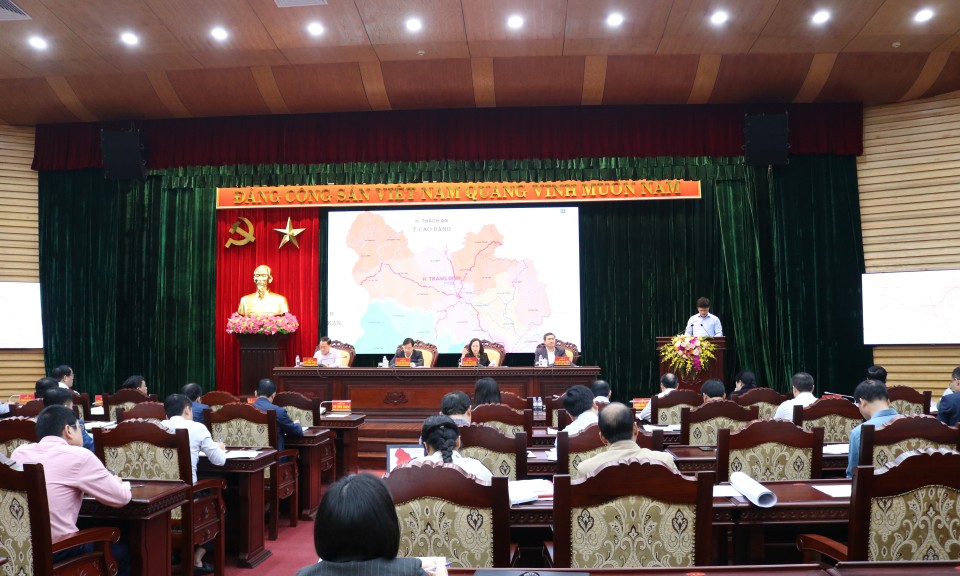

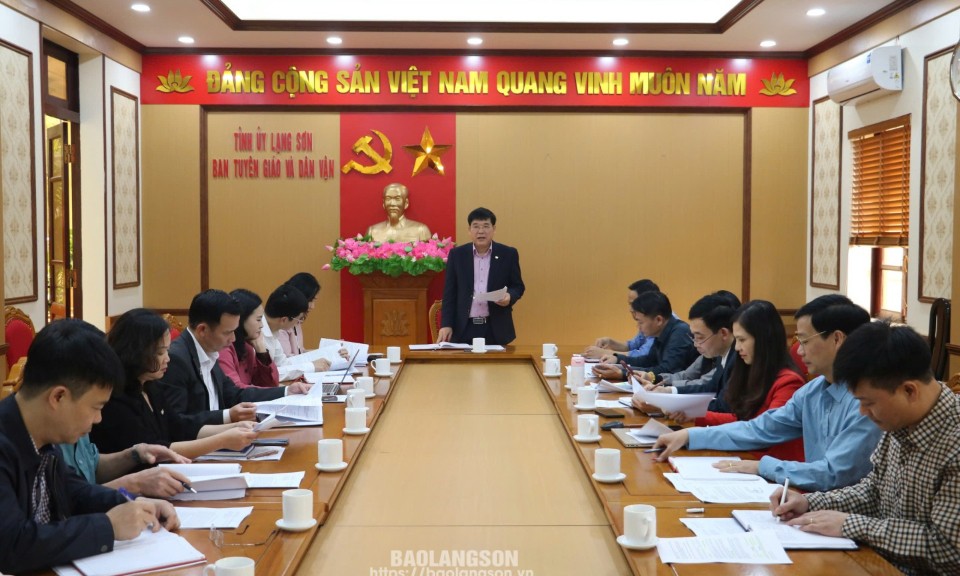



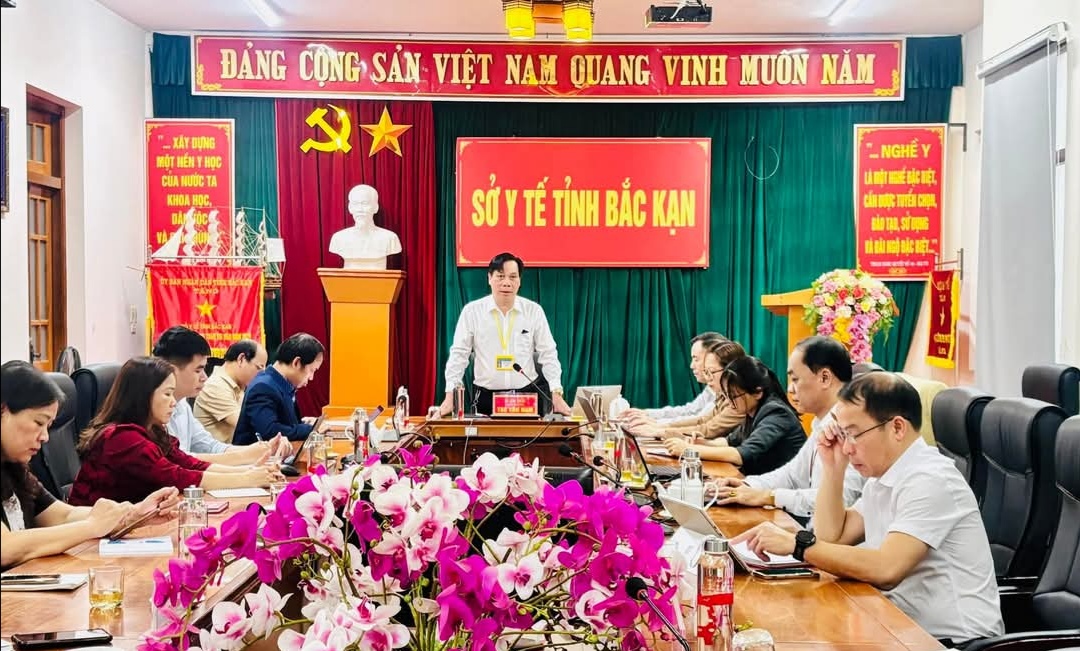
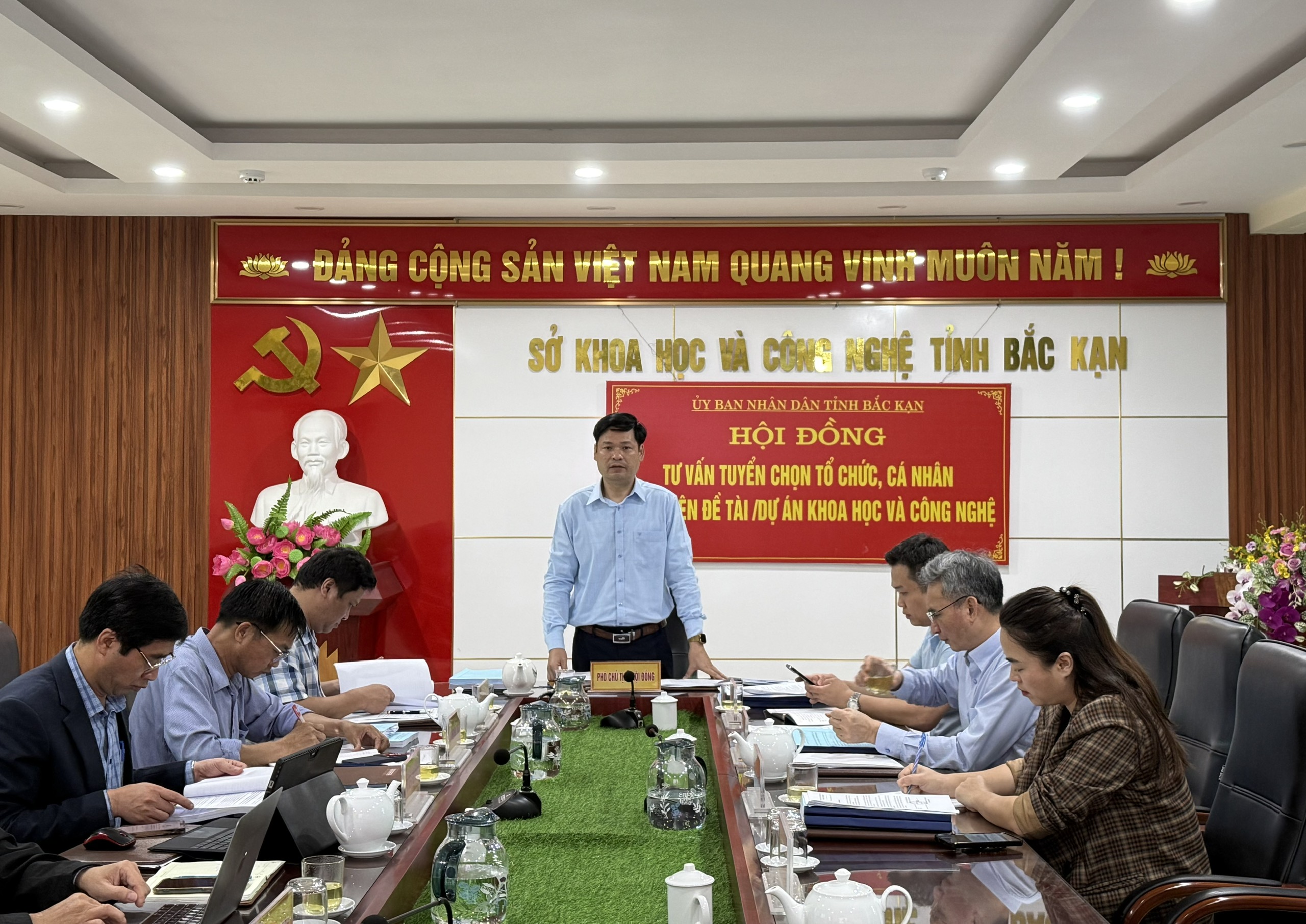
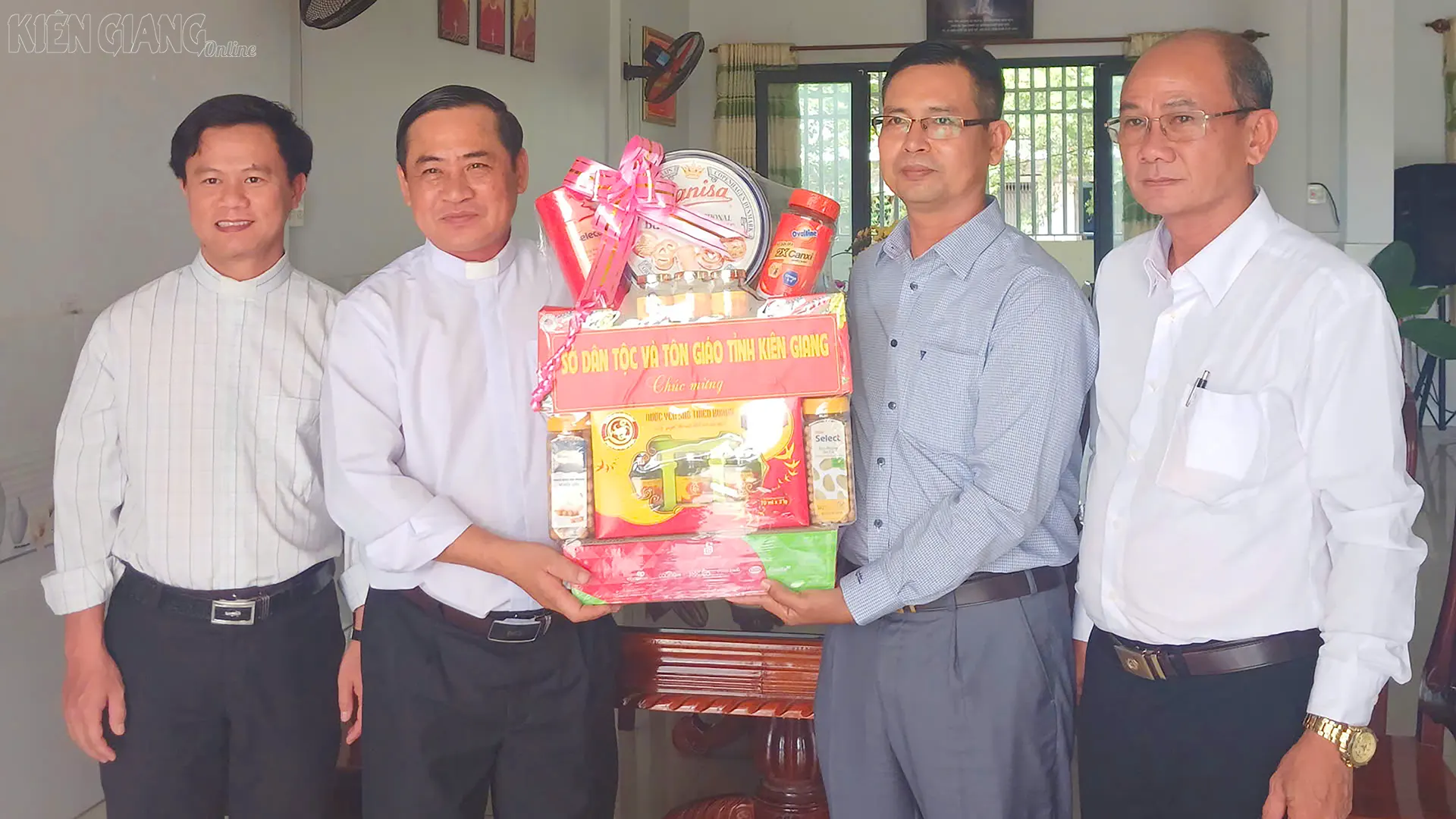
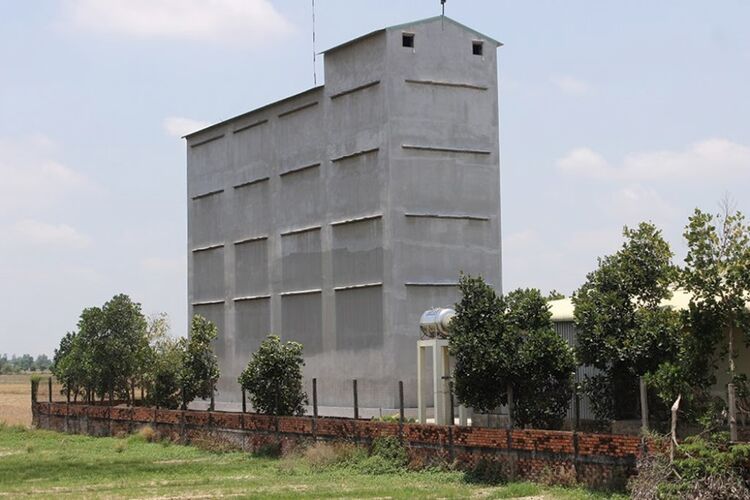
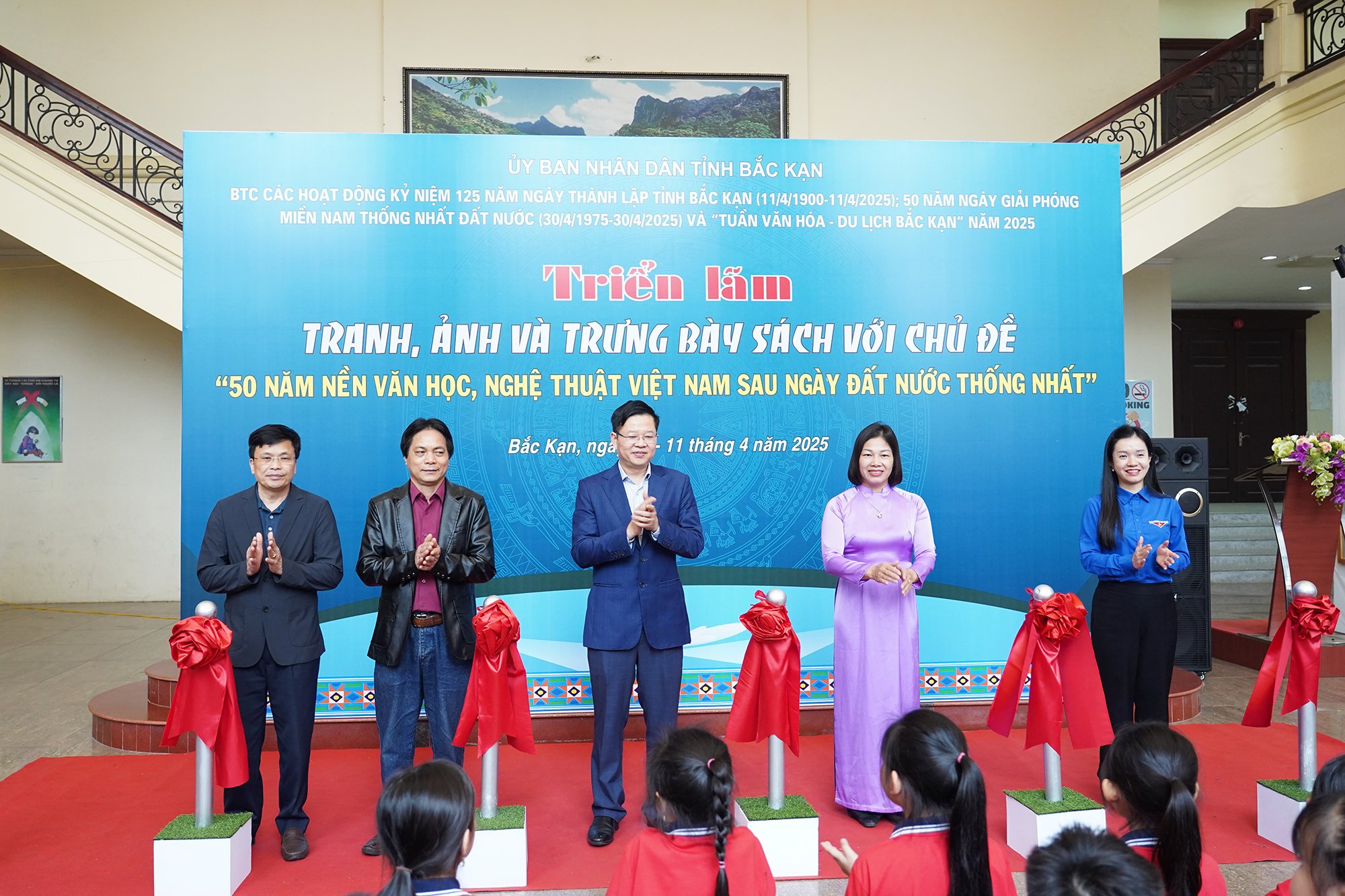
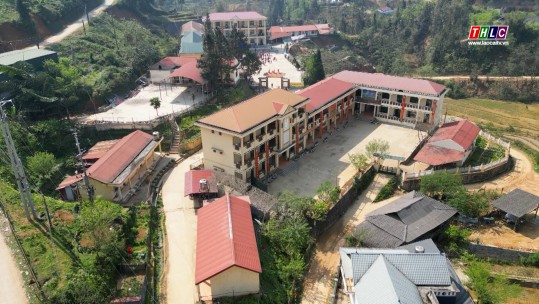


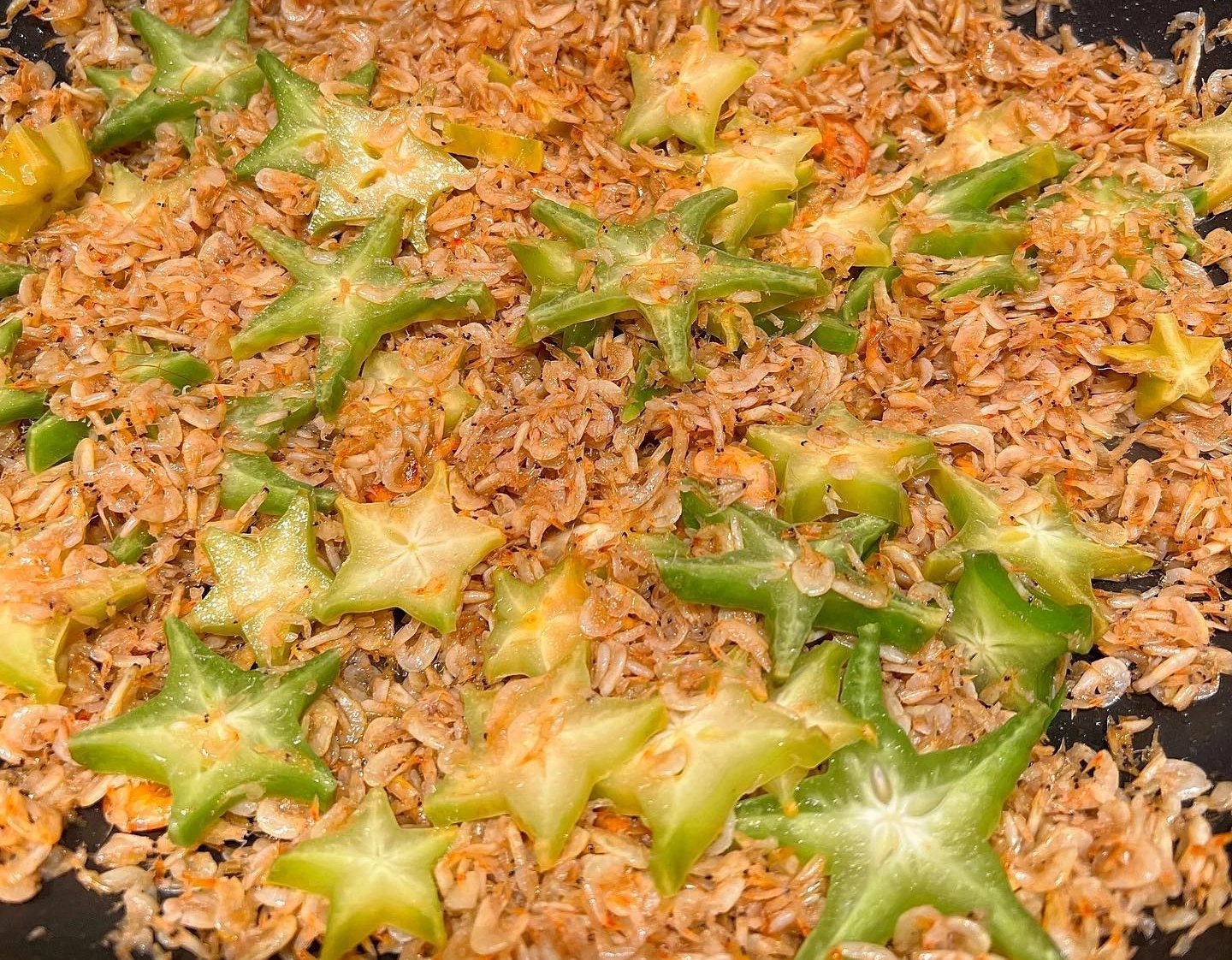

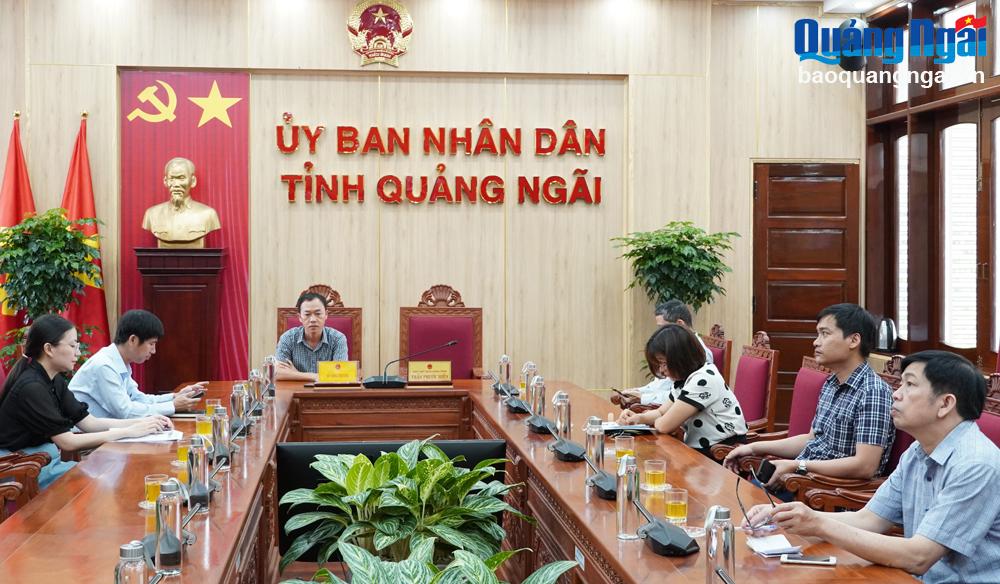
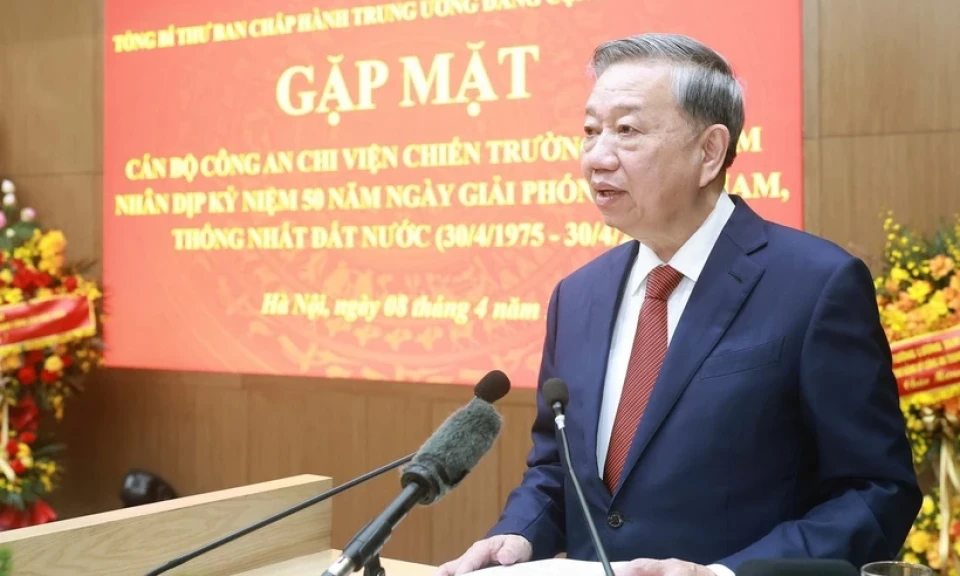

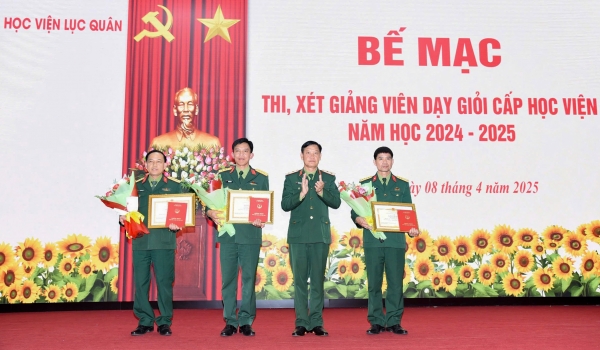




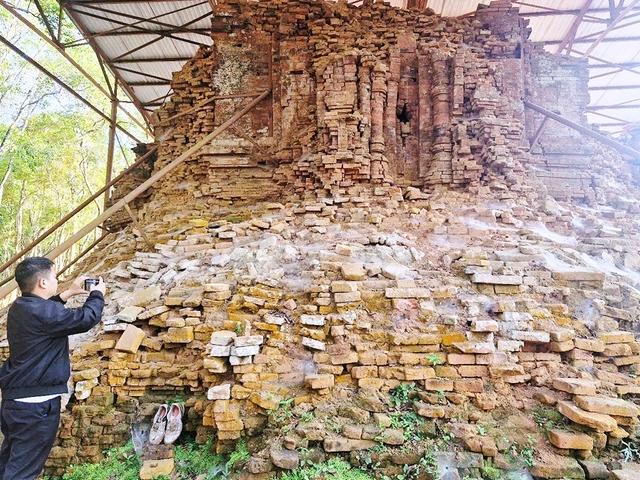



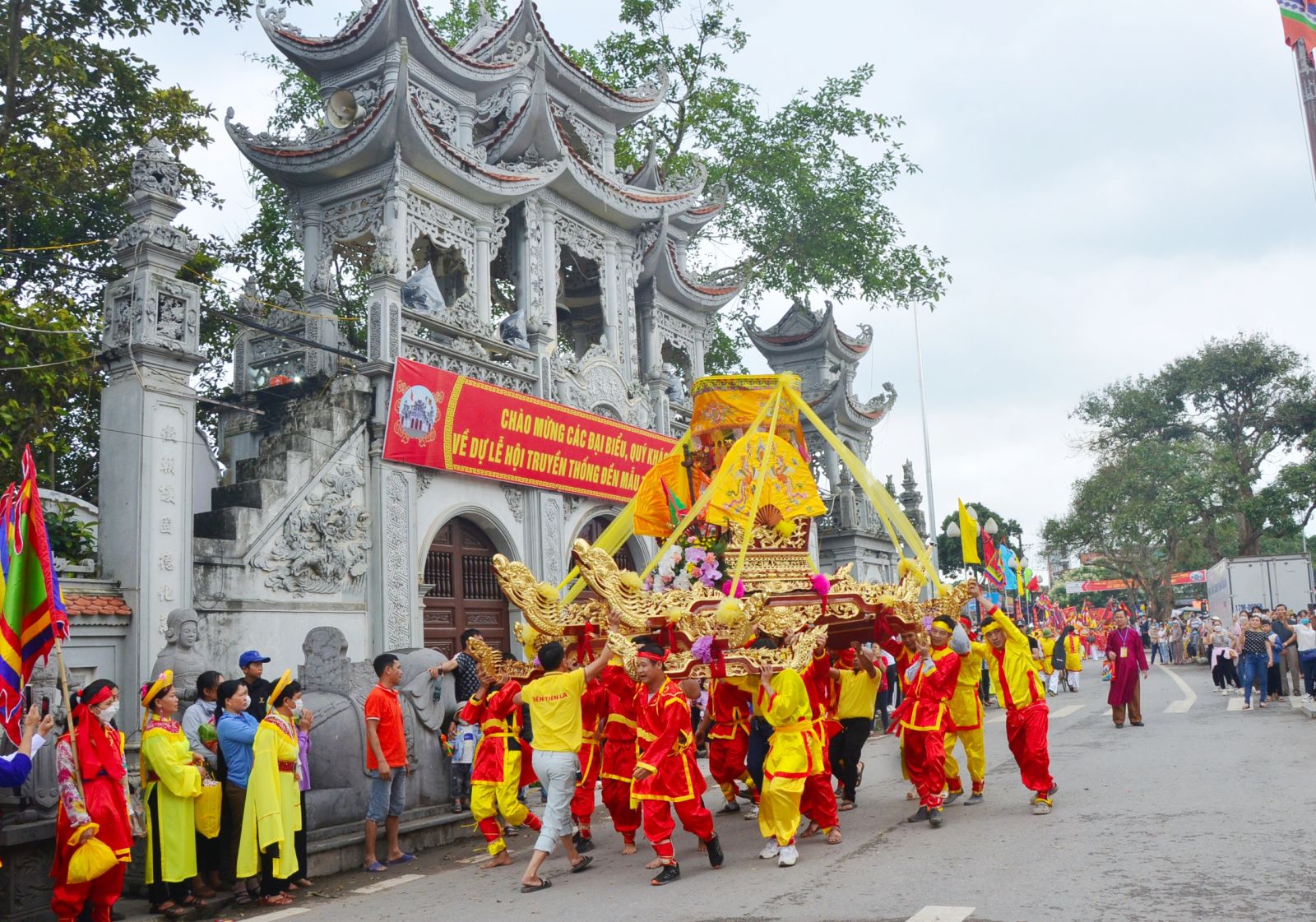











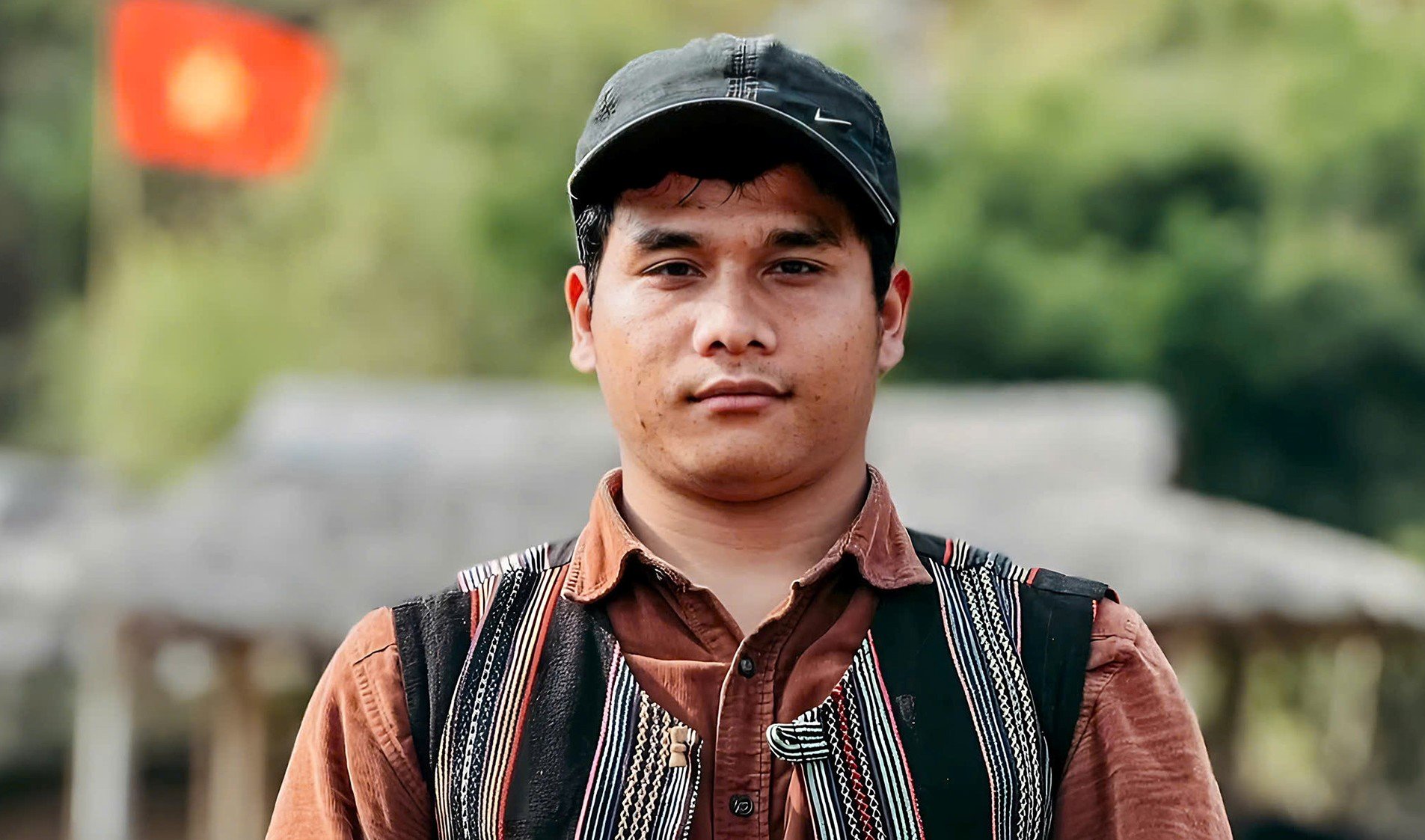

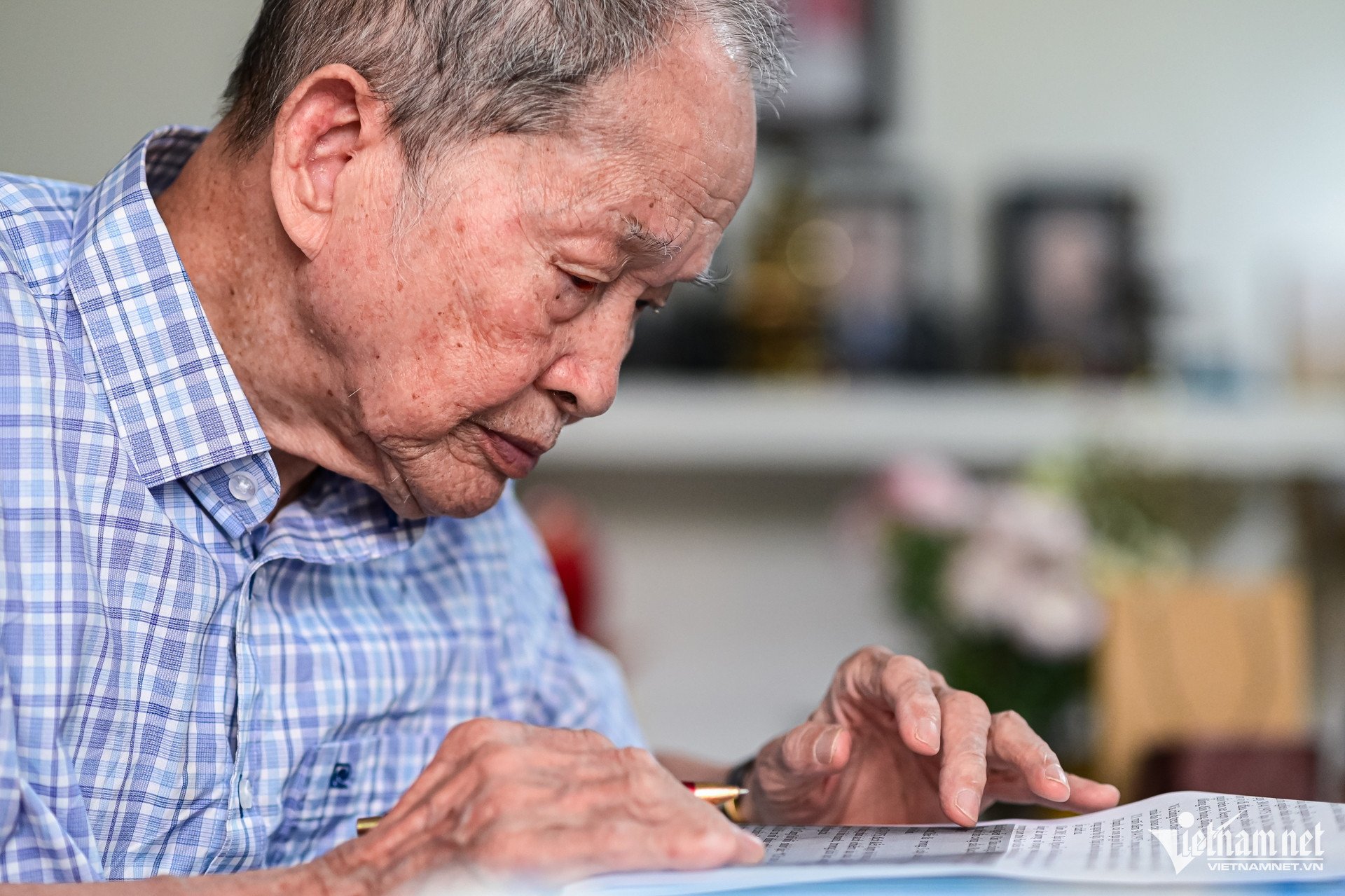









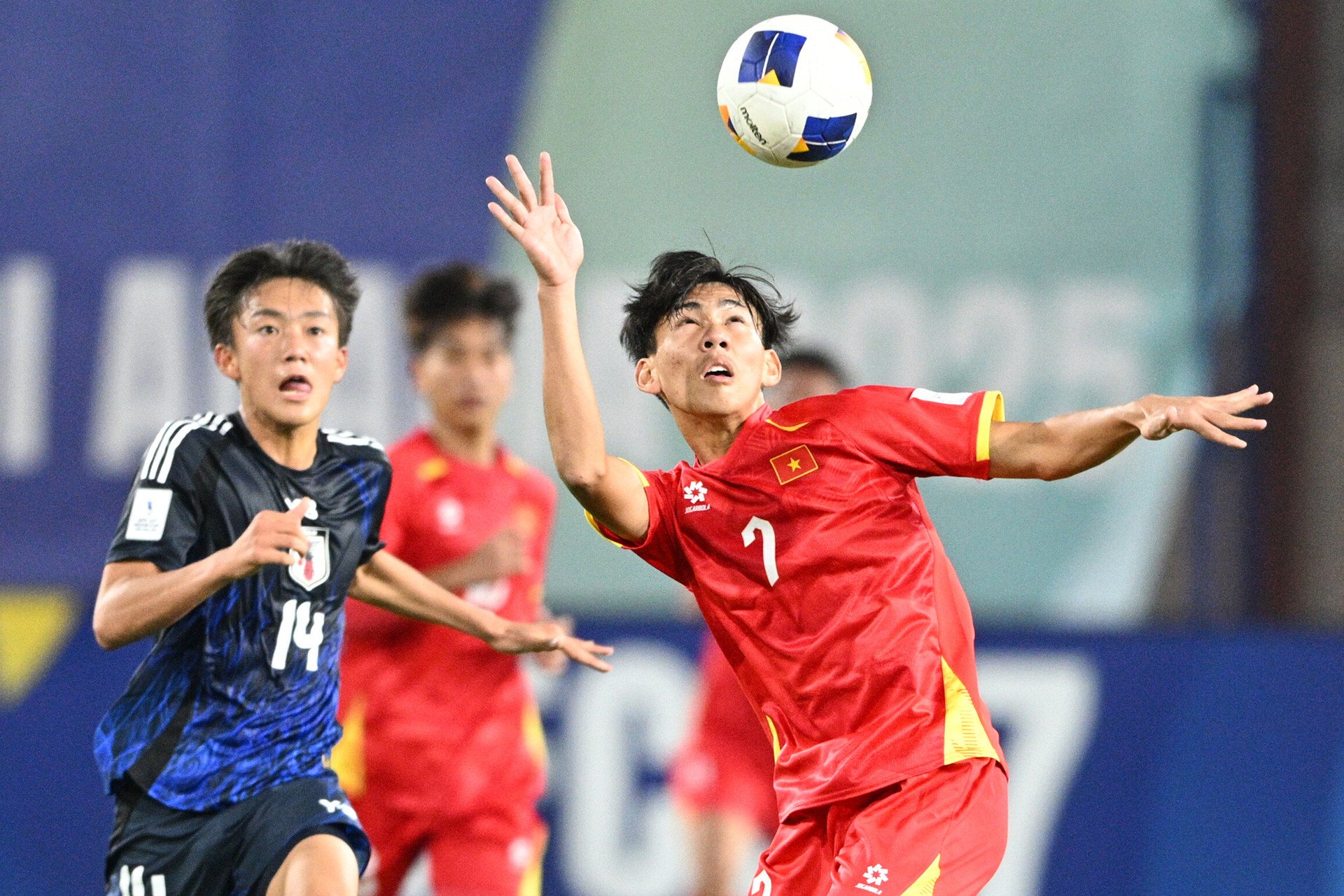
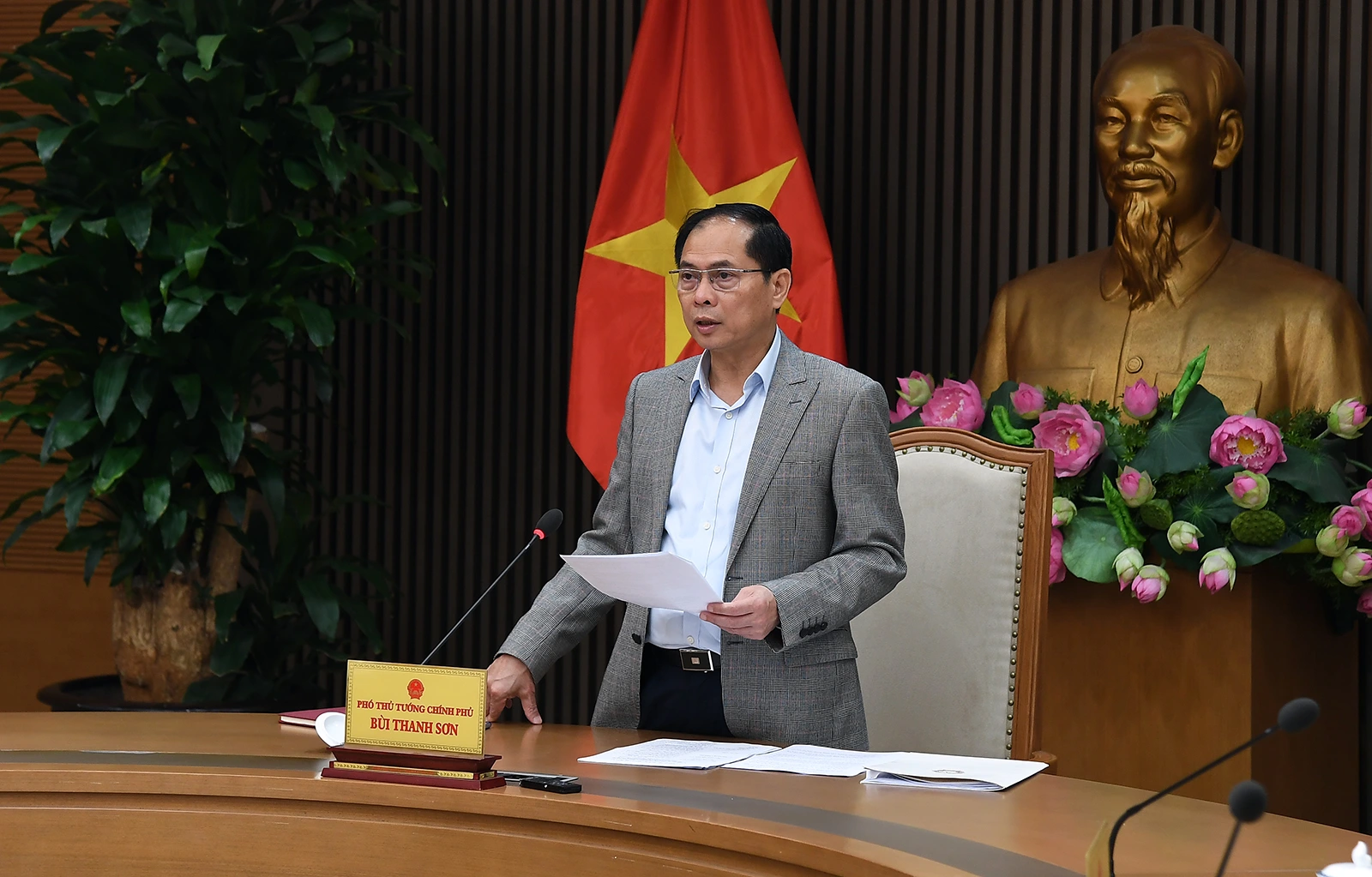
















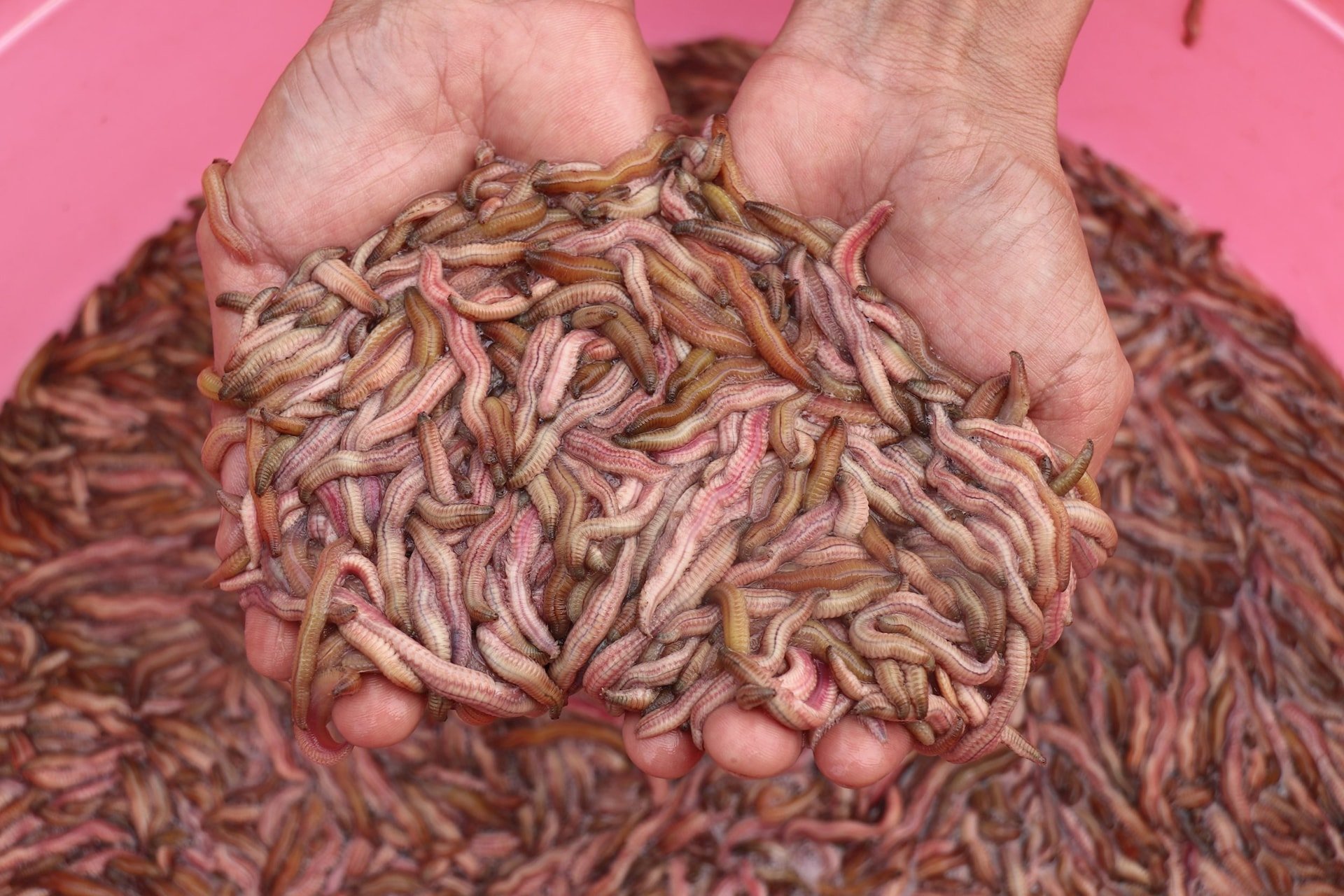
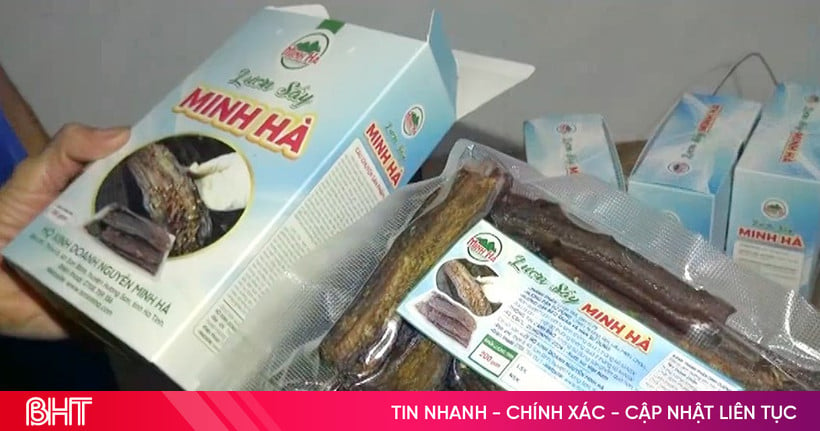

Comment (0)